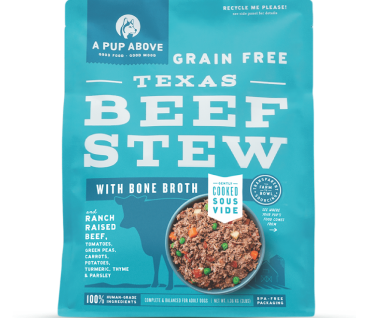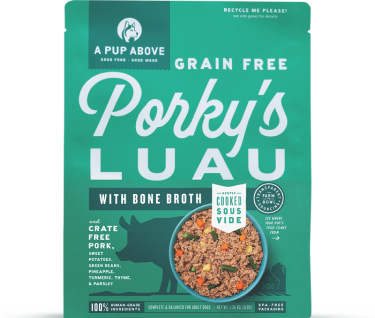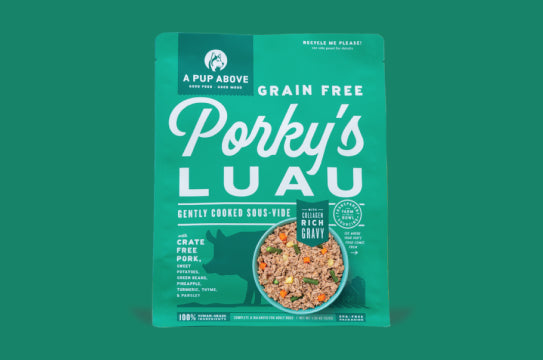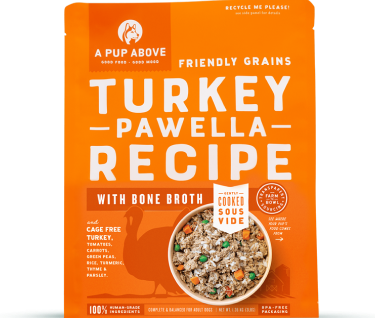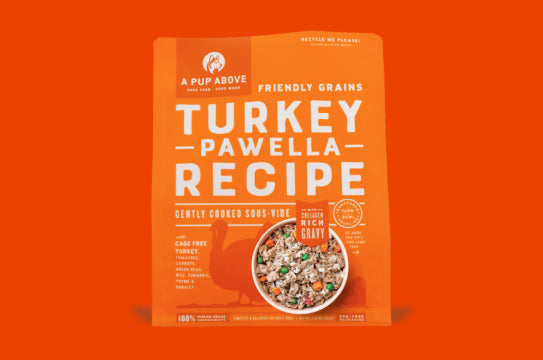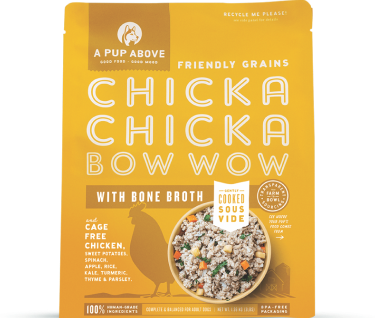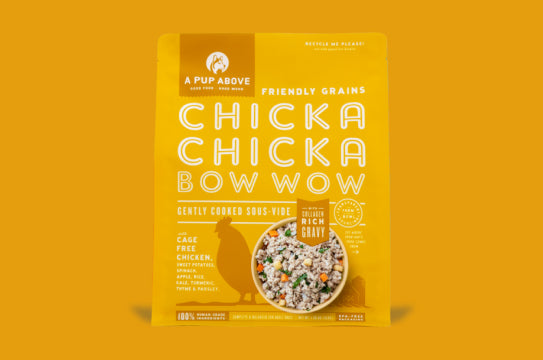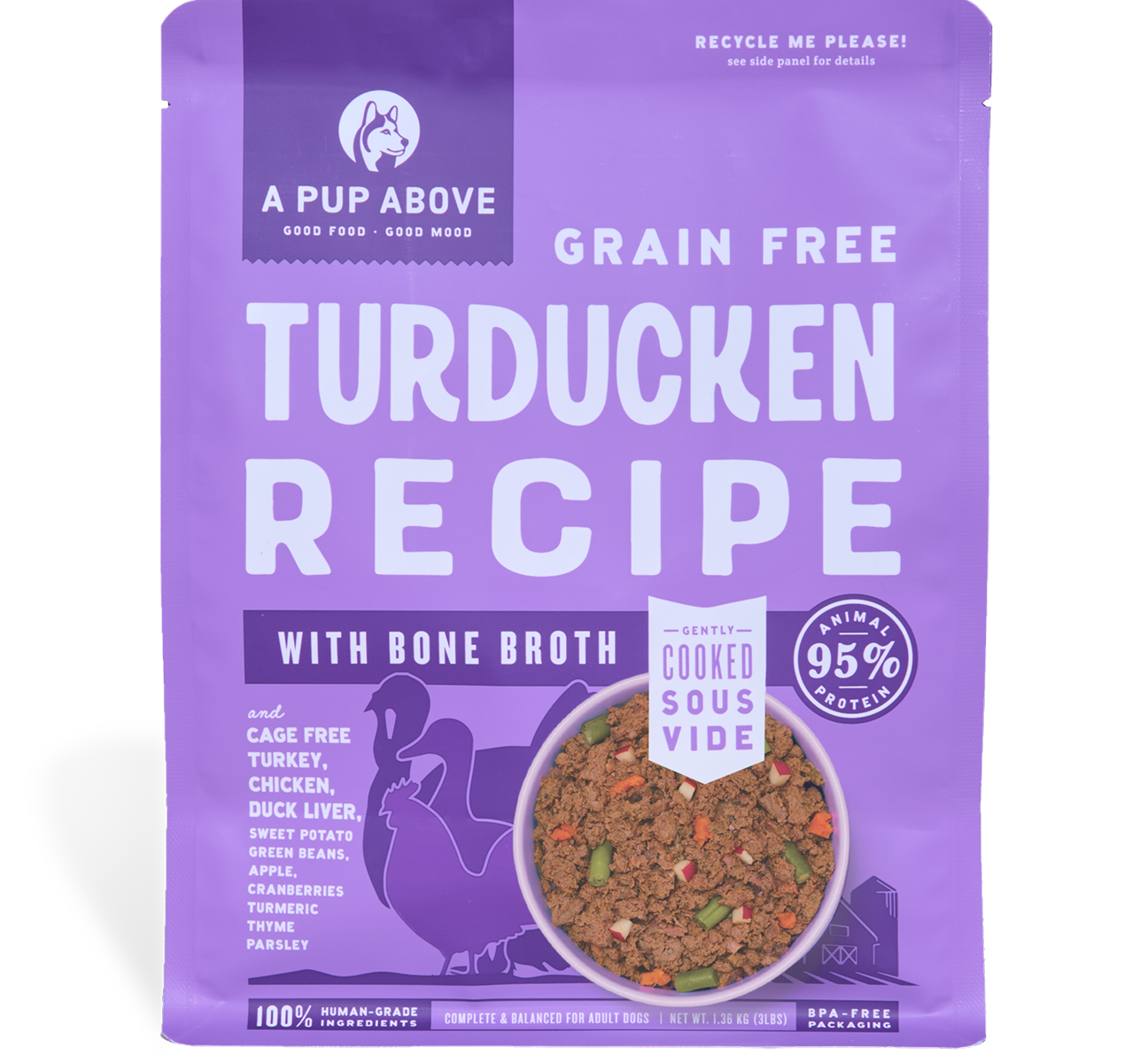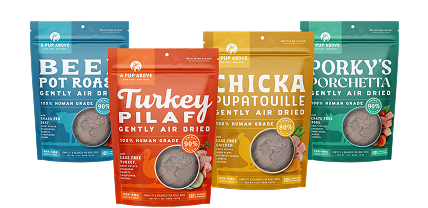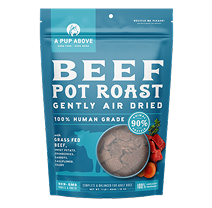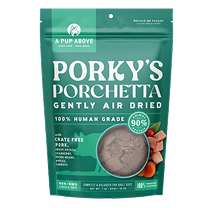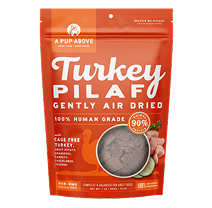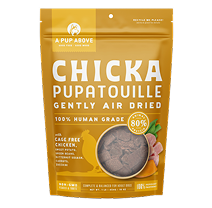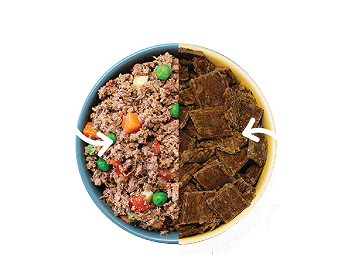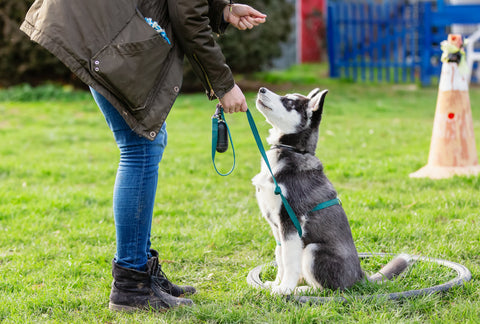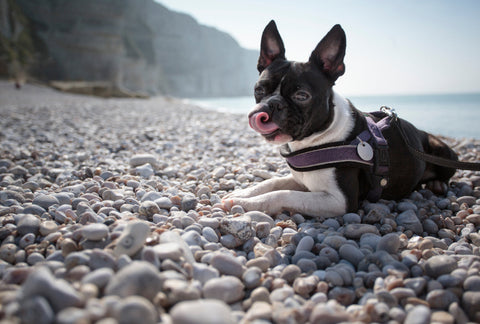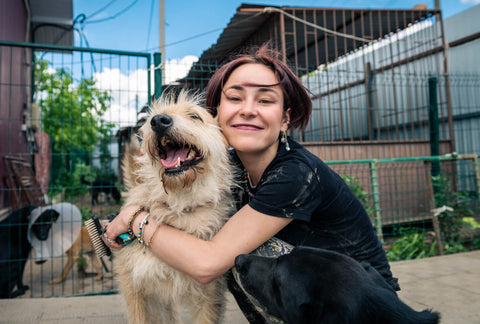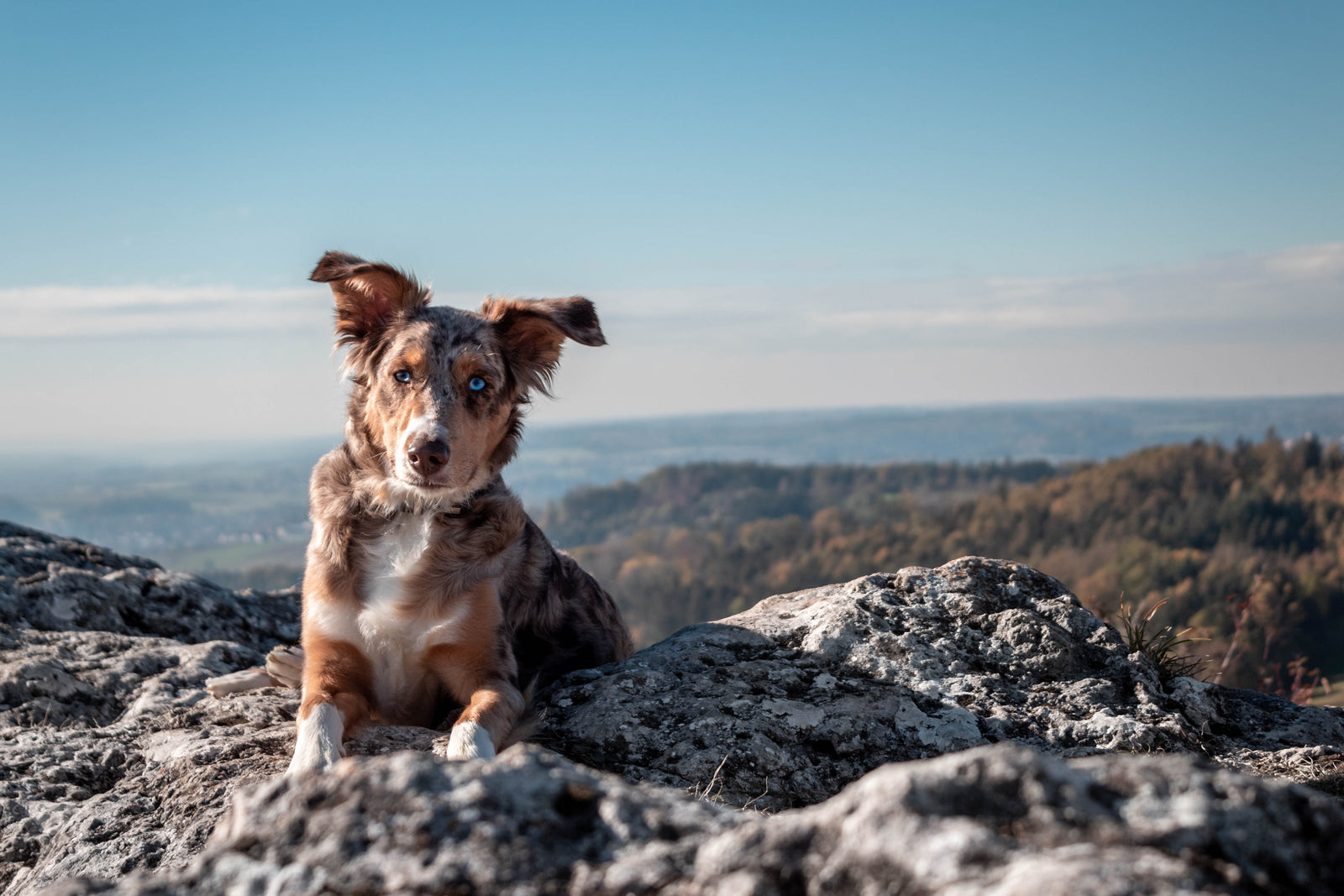
Flea & Tick Prevention for Dogs
Fleas and ticks are no fun for dogs. Ticks can carry diseases and can cause serious health issues for your whole household, and fleas can wreak havoc on a pet’s sensitive skin. While these creatures may seem pretty much everywhere during spring and summer, good prevention can effectively help keep the bad bugs away. Read on for our tips on flea and tick prevention for dogs.
FLEAS VS. TICKS
First, know the differences between fleas and ticks. Ticks tend to live in more wooded areas, existing in bushes and brambles. Fleas prefer grasses and dark areas with plenty of moisture and heat. Both detest environments with bright light and little moisture, and both feed on blood.
CHOOSE A FLEA PREVENTATIVE
Flea preventative formulas are the best way to keep fleas and ticks away. They come in all shapes and sizes - you can choose between pills, topical liquids, and special collars. You may even find that some topical treatments help keep mosquitoes at bay, too.
Some flea preventatives are available by prescription only. It’s best to team up with a trusted vet to discuss which option is the best fit for your dog and household.
Here are some things you may want to consider when choosing a flea preventative:
-
Does your dog have sensitive skin?
-
Is your dog allergic to anything? This could include food or skin allergies.
-
If you’re considering a topical treatment, how often do you bathe your dog, and how often does him or her go for a swim?
-
What kind of coat does your dog have?
USE SAFE PRODUCTS TO PROTECT YOUR HOME
Topical treatments can be oily and contain things that humans shouldn’t ingest, and they often remain on a dog’s skin for some time. During this time, it is best not to touch the applied area of your pup’s coat. This is especially important to remember with small kids around, who could pet the dog then put their fingers in their mouths.
Fleas in your yard? No fun at all. Try these granules from EcoSmart. They are super easy to use, cover a large area, smell great, and work like a charm. Bonus–they repel ants and ticks!

WHAT TO DO IF YOU FIND A TICK
If a tick is skittering across your pup but unattached, then you can use a tissue to pinch it off of your dog with your fingers. Afterwards, give your dog a thorough examination for bite marks. A bite mark will look like a big red mound. Check for any attached ticks, and other bites. If you find a tick that IS attached, remove it following these steps:-
Make sure skin in the area is taut.
-
Using either fine-tip tweezers or a, grasp the tick as close to your dog's skin as possible.
-
Pull back, slowly and steadily (if you pull too quickly, the head of the tick may remain in the skin, which still leaves risk of tick-borne disease).
-
Be sure the head of the tick comes out - you should be able to tell if the tick is whole.
-
If you plan to submit the tick for Lyme disease testing, check that it is dead and place it in an airtight container before bringing it to your vet.
-
If you do not plan to submit it for testing, flush it down the toilet or burn it with a match in a safe place.
-
Finally, check your dog for any more ticks, and other bites.
In these situations, it's best to call your vet to check for the best course of action. They may recommend you clean the wound, then come in for a blood test in a few weeks (tick-borne illnesses can take several weeks to incubate) to check for any issues. In the meantime, it's always a good idea to watch the bite for any changes (swelling, pus, infection) and monitor your dog for any behavioral differences (lethargy, vomiting, unusual behavior).
WHAT TO DO IF YOU FIND FLEAS
Flea bites often start in the inguinal area of your dog's body. This is the lower area of the belly near the groin, and is the darkest, warmest place on a dog's body, so fleas love to hide out here.If you suspect fleas, check your pup's belly for pimple-like red spots or rash. Be sure your dog doesn't go crazy licking and scratching the spots, as that can lead to infection. Try a natural flea shampoo to get all of those buggies off and help soothe your pup's skin - we're huge fans of our fellow Austin-based company, Wondercide . They formulate their products to be completely family-safe, and have plenty of amazing natural scents to choose from (think rosemary, geranium, peppermint, and lemongrass) and they offer not only shampoos, but house and yard treatments to keep fleas and pests away from your loved ones safely.
To help keep your dog’s irritated skin feeling cool, comfortable, and clean from roaming bacteria, we love Vetricyn’s Antimicrobial Hot Spot Spray. it's easy to use, doesn't kill off good bacteria, and helps calm itchy skin.
Fleas reproduce at an astounding rate, laying numerous eggs in each go. These eggs, as well as fleas in other life stages (pupae and adult), can drop off and wind up in other areas that your dog has been, such as bedding and carpet. Because of this, it is important to remember that treating your dog is not enough - you must treat your home for fleas as well:
-
Use a vacuum with a hepa-filter to go over soft surfaces such as carpets, mattresses, and couch cushions.
-
Wash all bedding and soft surfaces. For anything that can’t be easily washed, throw in the dryer on the highest acceptable heat for one cycle.
-
Keep your yard regularly mowed and weeded in order to eliminate flea hiding-places in your outdoor space.
-
Try sprinkling diatomaceous earth around your house and yard, since it kills fleas by dehydrating them. Just avoid inhaling it, and be sure to put it in places your kids and pets won't breathe it in.
Whatever you and your pup are faced with in terms of pests, don’t panic. While they can be pretty gross, fleas and ticks are pretty common veterinary issues, and there are plenty of ways to prevent them, get rid of them, and treat any issues that they may leave behind. Yes, they can be frustrating, but if you keep on top of your preventative methods you'll be good as gold. You can do this!
Top Stories
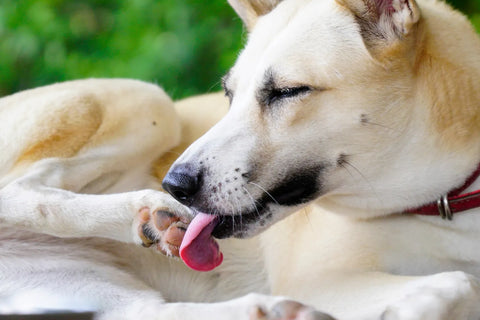
Why Do Dogs Lick Their Paws?

Why Do Dogs Whimper & Make Noises in Their Sleep?

Healthy Vet-Approved Homemade Dog Food Recipes

How To Cook Sweet Potatoes for Dogs



